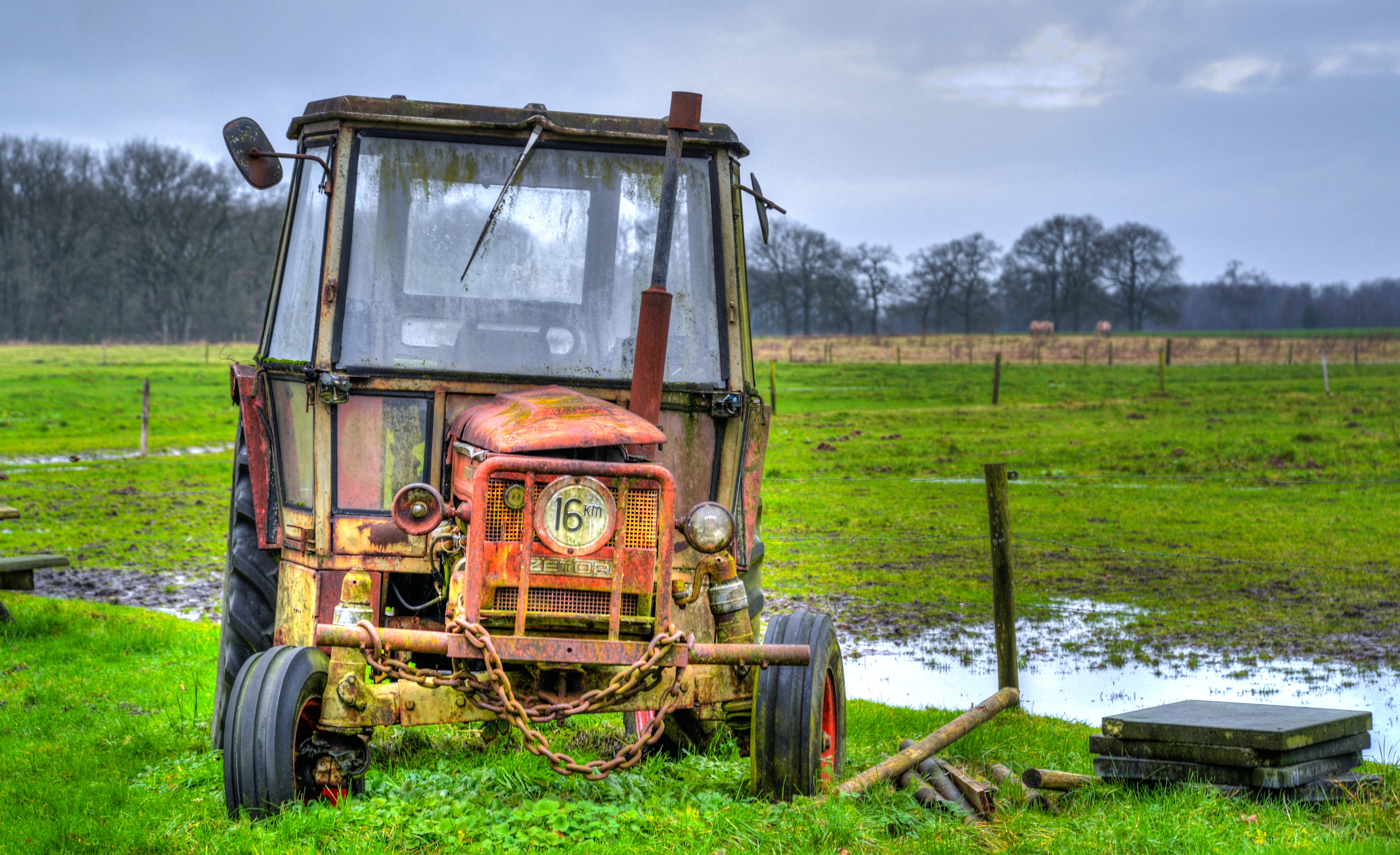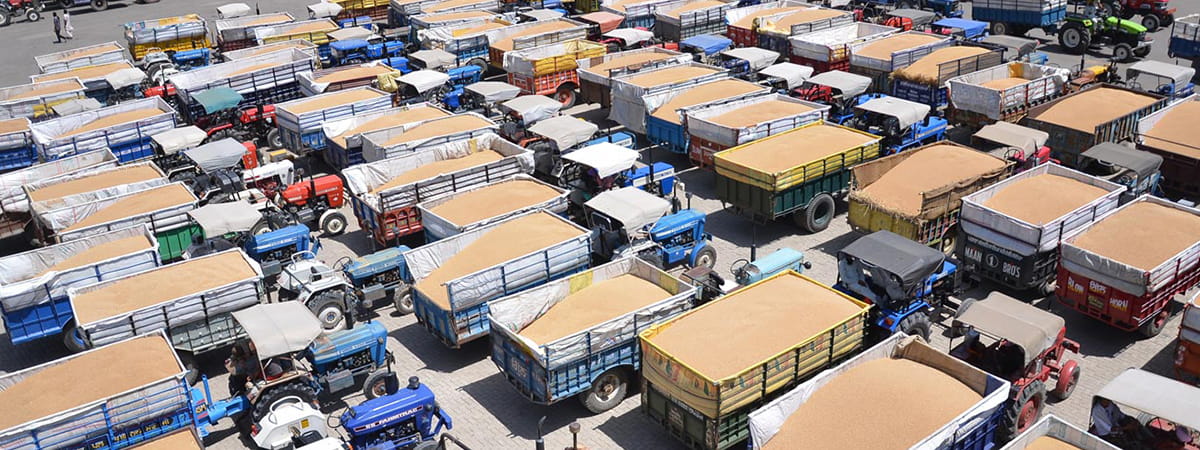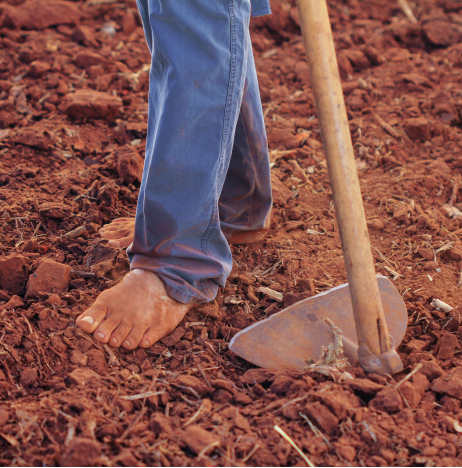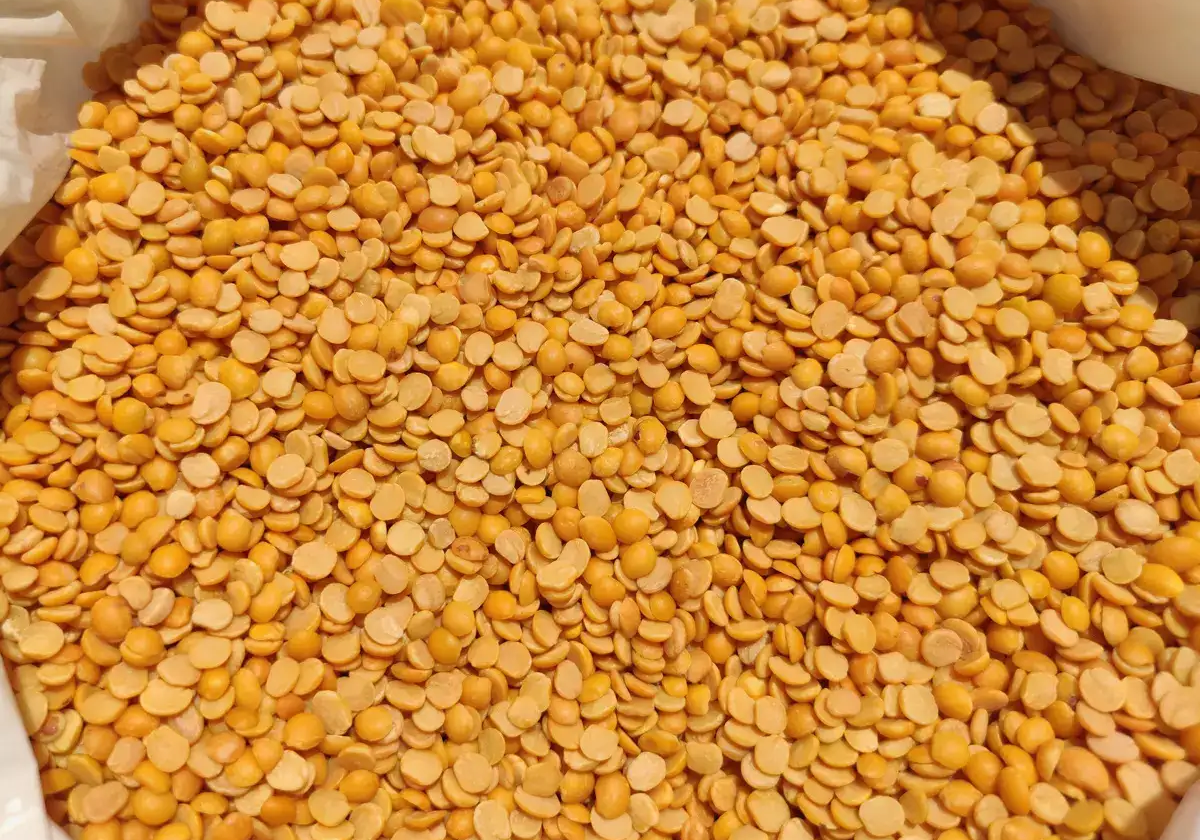Though the Indian government has promised to double farmer’s income by 2023 and planned its policies accordingly, farmers are expecting major announcements from the administration which can address their concerns. The farming sector is looking forward to innovative approaches in agri-finance and warehousing sector. We’ll be talking about Doubling Farmers’ Income in the next article.

Since India is an agrarian country, agriculture sector employs more than 50 per cent of the total workforce in India and contributes around 17-18 % to the country’s GDP. We are a developing country and the majority of our population belong to the rural area whose primary job is agriculture. But it’s been decades these rural people are living the same way they used to live 30 years ago. It is because agriculture in India is not a profit-making job anymore.
Indian agriculture has been plagued by several problems which, directly or indirectly, affect the life of a farmer. The problems faced by Indian farmers go unnoticed in the entire process of extracting food and harvesting crops. However, the major problems are unavailability of seeds of good quality, small and fragmented landholdings, poor irrigation facilities, lack of mechanization, and lack of warehouse or storage facilities. There are many other issues the farmers have been facing for a very long time.

Lack of infrastructure in the agriculture sector
One of the major reasons for lower agricultural productivity is that the soil is contaminated by the increasing level of river and canal pollution mainly caused by high industrial effluents and toxic metals. India lacks a modernized infrastructure in the agriculture sector leading to soil erosion which further causes land degradation. Also, the inappropriate use of fertilizers and pesticides causes a lack of nutrients in the soil that are actually very necessary for healthy agricultural productivity.

Lack of mechanisation in Indian agriculture
To clear out the misconception, increasing levels of agricultural mechanization doesn’t necessarily mean heavy investments in tractors and other machinery. Farmers need to choose the right type of source to perform a particular operation depending on work and who is doing it. In most cases, women carry out the majority (80%) of the farm labour required. With small and marginal farmers, there is literally no use of machinery in ploughing the land and sowing the seeds, irrigating and pruning, weeding and harvesting the crops. This results in huge wastage of human labour and lower productivity per capita labour.
Agricultural marketing
Agricultural marketing plays an important role in not only stimulating production but also consumption. Its dynamic functions help majorly in promoting economic development and also has been described as an important multiplier of agricultural development.
Some of the major enhancements it covers are Optimization of resource use and Output management, Increase in farm income, Widening of markets, Price signals and Employment, and Addition to National Income. Also, agricultural marketing creates various utilities like form utility, place utility, time utility, and possession utility.

Scarcity of Capital
Since agriculture is a paramount industry, thus just like any other sector it requires capital. Especially the same input is more important with the increase in the advancement of agricultural technology. But usually what happens in India is that farmers tend to sell their yield to the moneylenders they borrowed money from.
Inadequate transportation
Indian agriculture still lacks an affordable and efficient means of transportation. Even today, there are lakhs of villages which are not well connected with roads and market centres. Insufficient logistics services are impediments with post-harvest issues. Proper management of a rural agriculture market and unorganized linking of villages will benefit the farmers and reduce the wastage of the produce.

Also, illiteracy & lack of awareness about the recent developments in Indian agriculture and the poor socio-economic status of the farmers are responsible for the continuous decrease in agricultural productivity. Inadequate & untimely finance and inconsistent government policies have aggravated the problems.
However, agribazaar delivers promising logistics services in collaboration with third-party service providers. But the hindrance of right farming equipment is an obstacle in the lives of farmers and modern technology has adapted the needs of modern farming practices. Implementation and training of equipment and machinery are essential and can change the lives farmers. Therefore, a team of professionals must be appointed for these farmers for the welfare of the agricultural division of the economy. Otherwise, the unawareness of farmers can hinder their successful agriculture and crop harvesting practices.








 Connect With Us
Connect With Us
Virtual Phone Numbers: Everything You Need Know
Virtual phone numbers have become very popular in today’s digital era, offering users flexibility, privacy, and convenience. Slightly different from regular phone numbers that are associated with a detailed device or location, virtual numbers operate via the internet, providing a wide range features.
What are virtual phone numbers?
Virtual phone numbers are rooms that are not connected directly to a physical phone line. Instead of that, they are managed through overcast systems or add-ons. This allows users to make and receive calls, send text notices indeed manage voicemail without having to rely on traditional phone service.
Superiors of Virtual Phone Numbers
1. Privacy: Virtual numbers can be applied for business or personal purposes without revealing your personal telephone handset number. This is especially useful for online transactions or using dating apps.
2. Cost-effective: Many virtual number services offer competitive pricing compared to traditional phone services, making it a cost-effective option for physically and de jure individuals.
3. Global Access: Virtual phones can be obtained from various states, enabling companies to establish a local presence in different bazaars without the hassle of opening a physical office.
4. Resilience: Users can forward calls from their virtual number to any other phone set number, be it mobile or landline, making it easy to manage communications on the go.
How to Get a Virtual Phone Number
1. Select a Provider: Research the various services that offer virtual rooms. Popular options include Google Voice, Sideline, and Grasshopper.
2. Choose a Number: Once you sign up for a service, you usually have the option pick a virtual number from a list available options, often including local and free numbers online Indian virtual number
3. Set Up Features: Almost many services offer additional features including voicemail transcription, call forwarding, and text messages. Customize the settings to suit all your preferences.
4. Start Using: Once your virtual number is set up, you can start making and receiving calls, sending messages, and delight in the additional features offered by your ISP.
Conclusion
Virtual phone numbers have revolutionized the way of communication, providing important benefits for both individuals and businesses. With increased privacy, cost savings and global reach, they are a strong tool in modern telecommunications. Independently that’s why whether for you need a number for own utilization or to enhance your company’s style, a virtual telephone number is poised to be good solution.